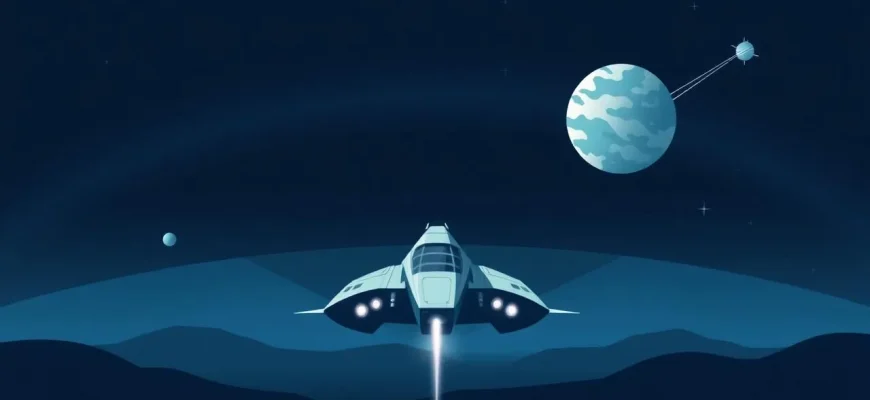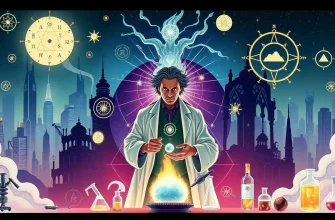Embark on a journey through the stars with our curated list of 10 sci-fi films that delve into the mysteries of space. From epic space operas to intimate tales of survival, these films not only entertain but also inspire us to look up at the night sky with wonder. Whether you're a fan of interstellar travel, alien encounters, or the sheer beauty of the cosmos, this collection promises to take you on unforgettable adventures beyond our planet.
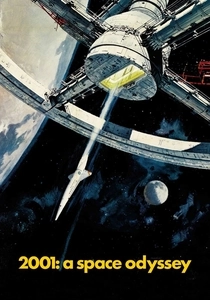
2001: A Space Odyssey (1968)
Description: Stanley Kubrick's visionary film explores themes of human evolution, artificial intelligence, and the unknown mysteries of space. Its influence on sci-fi cinema is unparalleled.
Fact: The film was made in collaboration with NASA and used real space footage. The monolith's dimensions were based on the golden ratio.
 Watch Now
Watch Now 
Contact (1997)
Description: Based on Carl Sagan's novel, this film delves into the search for extraterrestrial intelligence and the personal journey of an astrophysicist. It's a thoughtful exploration of science, faith, and the human desire for connection.
Fact: The film's ending was changed from the book to provide a more ambiguous conclusion, reflecting real-life uncertainties in SETI research.
 Watch Now
Watch Now 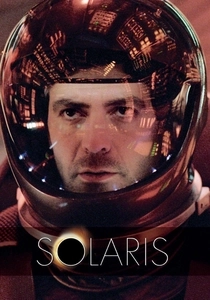
Solaris (2002)
Description: Steven Soderbergh's remake of the Russian classic by Andrei Tarkovsky, this film examines the psychological effects of space travel and the nature of human memory and identity.
Fact: The film was shot in a single location, a space station set, to emphasize the claustrophobic environment. The original Russian film was a major influence on many sci-fi works.
 Watch Now
Watch Now 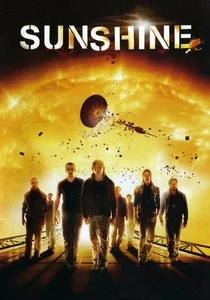
Sunshine (2007)
Description: Danny Boyle's film about a mission to reignite the dying sun, it combines intense drama with stunning visuals of space, exploring themes of sacrifice, duty, and the human condition.
Fact: The film was inspired by real scientific theories about solar rejuvenation. The cast underwent rigorous training to simulate the effects of space travel on the body.
 Watch Now
Watch Now 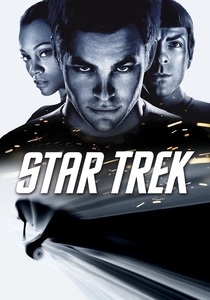
Star Trek (2009)
Description: J.J. Abrams' reboot of the iconic franchise introduces a new generation to the adventures of the USS Enterprise, blending action, humor, and the exploration of space with a fresh take on beloved characters.
Fact: The film was shot in anamorphic widescreen, a format not commonly used in modern films, to give it a classic feel. The opening scene was filmed in a single, uninterrupted take.
 Watch Now
Watch Now 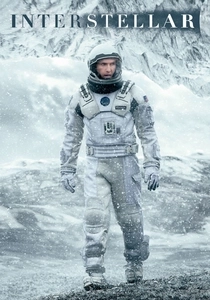
Interstellar (2014)
Description: Christopher Nolan's masterpiece explores the concept of wormholes and time dilation, making it a must-watch for space enthusiasts. The film's depiction of space travel and black holes is both scientifically accurate and visually stunning.
Fact: Kip Thorne, a Nobel Prize-winning physicist, served as the scientific consultant for the film. The black hole Gargantua was rendered using real equations from general relativity.
 Watch Now
Watch Now 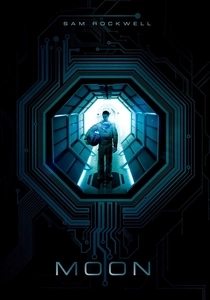
Moon (2009)
Description: Duncan Jones' directorial debut, this film focuses on a lone astronaut on a lunar mining base, exploring themes of isolation, identity, and the ethics of space exploration.
Fact: Sam Rockwell plays both the main character and his clone, showcasing his versatility as an actor. The film's budget was relatively low, but it received widespread critical acclaim.
 Watch Now
Watch Now 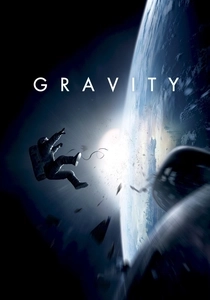
Gravity (2013)
Description: A visually spectacular film that captures the isolation and beauty of space, focusing on an astronaut's struggle to survive after a disaster in space. It's a thrilling exploration of human vulnerability in the vast emptiness of space.
Fact: The film was shot in a way to simulate zero gravity, using a rotating set and wires to move actors. Sandra Bullock spent hours in a harness to achieve the realistic floating effect.
 Watch Now
Watch Now 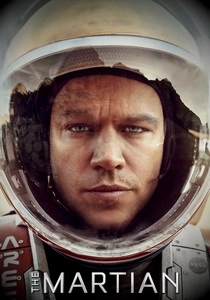
The Martian (2015)
Description: Based on Andy Weir's novel, this film tells the story of an astronaut stranded on Mars, showcasing the ingenuity and resilience needed for space survival. It's a testament to human spirit and scientific problem-solving.
Fact: NASA was heavily involved in the film's production to ensure scientific accuracy. The potatoes grown by Mark Watney were real, and they were later auctioned off for charity.
 Watch Now
Watch Now 
WALL-E (2008)
Description: Pixar's animated gem tells the story of a robot left on Earth to clean up the mess humans left behind, offering a poignant commentary on consumerism, environmentalism, and the future of space travel.
Fact: The film has virtually no dialogue for the first 45 minutes, relying on visual storytelling. It was the first animated film to be nominated for a Hugo Award for Best Dramatic Presentation.
 30 Days Free
30 Days Free 
